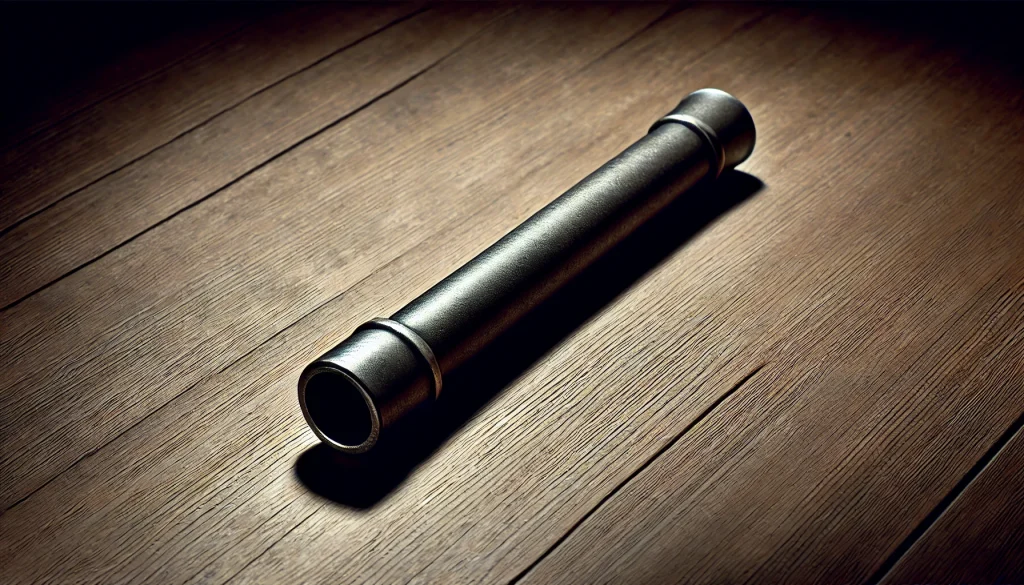The question of whether to use led vs. lead is a conundrum that can trip up even experienced writers. The reason for the difficulty is that both homophones and homographs are at play.
Pronounced “leed,” lead can serve as several parts of speech, including a noun, adjective, and present-tense verb. Its past tense form is led, which rhymes with “bed.” Led is a homophone of lead, a type of metal, meaning that the two words are pronounced the same. Lead, referring to the metal, is a homograph of lead, the verb, meaning that they are spelled the same but pronounced differently. This all may seem hopelessly confusing, but with a little effort, it is possible to sort everything out and answer the question, “Is it led or lead?”
Led vs. Lead at a Glance
*Lead (pronounced with a long “e” sound) can be a verb meaning to direct or guide others, an adjective describing something that is prominent or sequentially first, or a noun denoting an initial or prominent position. Pronounced with a short “e,” lead is a metal that is toxic to humans if inhaled or swallowed.
*Led is the past tense form of the verb lead.
What Are the Differences Between Led and Lead?

Of the two, the led definition seems more straightforward. It only has one meaning and can perform only one role in a sentence as a verb in the past tense. However, because it sounds like lead, meaning the metal, people often mistakenly use it based on its pronunciation. A writer using the lead definition when he or she means led is also a common error.
When To Use Lead
When pronounced to rhyme with “bead,” lead can be a verb meaning to guide or direct others or an adjective meaning prominent or first. As a noun, it has many possible definitions. In America, the most common may be a position of prominence. Other possible definitions include a vein of metal ore or a leash for a dog, with the latter meaning being more common in the United Kingdom.
When pronounced to rhyme with “bed,” lead usually refers to a relatively soft, toxic metal. However, the material in pencils that allows them to write by rubbing off onto paper is also referred to as lead even though it is actually made of a different mineral called graphite.
Examples of using lead in a sentence:
- Because lead is a poisonous metal, it is no longer used to make new plumbing pipes. (Noun form referring to a metallic element; rhymes with “bed”)
- When the class got to the store, the teacher took the lead. (Noun forming meaning “first position”; pronounced “leed”)
- The children had to buy new containers of lead for their pencils. (Noun form referring to crystallized graphite used for drawing and artwork; rhymes with “bed”)
- The teacher told the lead pair of students to follow her closely. (Adjective meaning in a place or position of prominence; pronounced “leed”)
- A disabled shopper had his service dog on a lead. (Noun meaning a dog’s leash; pronounced “leed”)
- The teacher had to lead the students to the aisle where school supplies were sold. (Verb meaning to guide or direct others; pronounced “leed”)
When To Use Led
Led is the past tense form of the verb lead. It means having directed or guided someone at some point in the past.
Examples of using led in a sentence:
- Once the children had purchased the necessary supplies, the teacher led them out of the store in an orderly fashion.
- The quarterback led the football team to victory.
When To Use Led vs. Lead
Is it led or lead? You can make the determination based on the pronunciation of the word and its function in a sentence. If it is a past tense verb that rhymes with “bed,” use led. For the same “bed” pronunciation but as a noun, use lead. If it is pronounced as “leed” and used as a noun, adjective, or present tense verb, use lead.
Do you have trouble knowing whether to use led vs. lead? Do you use tips or tricks to help? Take the lead by elaborating in the comments to help clear the confusion.


Leave a Reply